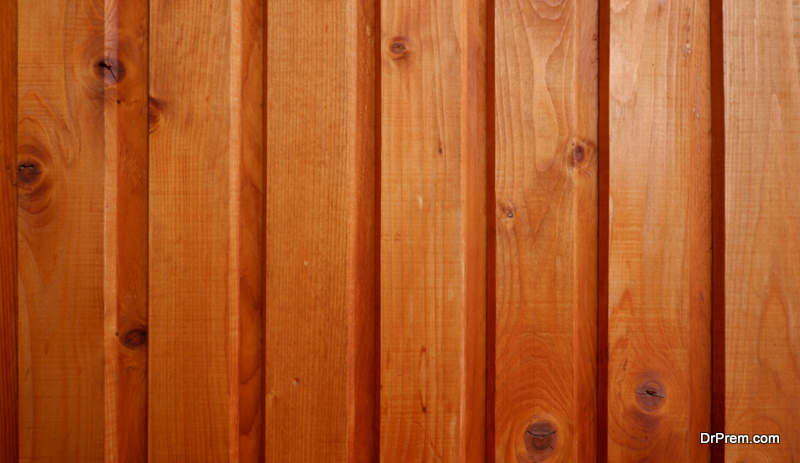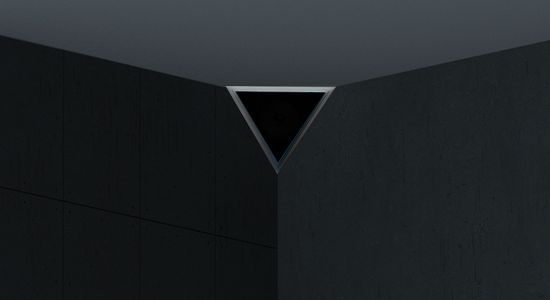Refinishing hardwood floors is a popular choice for homeowners looking to revive the beauty and durability of their flooring. While the process can be rewarding, it also requires precision and attention to detail. Unfortunately, many individuals make mistakes during the hardwood refinishing process that can lead to unsatisfactory results or even damage to the floors. In this article, we will explore some common mistakes made during hardwood refinishing and provide insights on how to avoid them.
1. Insufficient Preparation
One of the most crucial steps in hardwood refinishing is thorough preparation. Neglecting this step can lead to a subpar outcome. Many people overlook the importance of removing all furniture, rugs, and other items from the room before starting the refinishing process. Failing to do so may result in accidental damage to these items or obstructed access to the entire floor area, leaving sections unfinished or unevenly refinished. It is also essential to clean the floor thoroughly, removing any dust, dirt, or debris that may interfere with the refinishing process or affect the final result. Additionally, ensure that all necessary repairs, such as fixing loose boards or filling in gaps, are completed before refinishing to avoid further complications down the line.
2. Inadequate Sanding
Sanding is a critical step in the hardwood refinishing process, as it helps remove the existing finish, scratches, and imperfections, allowing for a smooth and even surface. One common mistake is using improper sanding techniques or not sanding enough. Insufficient sanding can result in an uneven application of the new finish, causing an unappealing appearance. Conversely, excessive sanding can damage the wood, leading to permanent grooves or unevenness. By entrusting your hardwood refinishing project to a floor finishing service, you can achieve outstanding results without the risk of costly mistakes.
3. Poor Staining and Finishing
Selecting the right stain and finish is crucial to achieving the desired look and protecting the wood. One of the mistakes often made is not testing the stain on a small inconspicuous area before applying it to the entire floor. The wood’s natural color and type can affect how the stain appears, so it is essential to test it beforehand to avoid any unexpected results. Additionally, improper application techniques, such as applying too much or too little stain, can lead to an uneven appearance. It is crucial to follow the manufacturer’s guidelines and apply the stain evenly, working in small sections. Similarly, applying the finish in high humidity or extreme temperatures can result in an uneven and blotchy finish. Ensure the room is properly ventilated and that you follow the recommended application guidelines to achieve a smooth and durable finish.
4. Rushing the Drying Process
Allowing sufficient drying time between sanding, staining, and applying the finish is vital for a successful hardwood refinishing project. Rushing the drying process is a common mistake that can lead to numerous issues. Some people try to hasten the drying process by using excessive heat sources, such as hairdryers or heaters. This can cause the finish to dry too quickly, resulting in an uneven or bubbled appearance. It is crucial to allow each coat of stain and finish to dry fully according to the manufacturer’s instructions before proceeding with the next step. Patience is key in achieving a beautiful and long-lasting finish.
5. Lack of Proper Maintenance
After completing the refinishing process, it is important to adopt proper maintenance practices to prolong the life and beauty of your hardwood floors. Unfortunately, many individuals neglect this aspect, leading to premature wear and damage. Avoid using harsh cleaning agents or excessive water when cleaning the floors, as these can strip away the finish or cause warping. Instead, use a soft broom or vacuum with a brush attachment to remove dust and debris regularly. Use a damp mop with a mild wood floor cleaner specifically designed for hardwood floors. Wipe up spills immediately to prevent moisture from seeping into the wood. Additionally, placing protective pads under furniture legs and using rugs or mats in high-traffic areas can help prevent scratches and wear.
Summary
Refinishing hardwood floors can be a rewarding and transformative process when done correctly. However, avoiding common mistakes is crucial to achieving the desired outcome and protecting the integrity of the wood. By adequately preparing the floor, employing proper sanding techniques, selecting the appropriate stain and finish, allowing for adequate drying time, and implementing proper maintenance practices, homeowners can ensure a successful hardwood refinishing project.
Article Submitted By Community Writer




